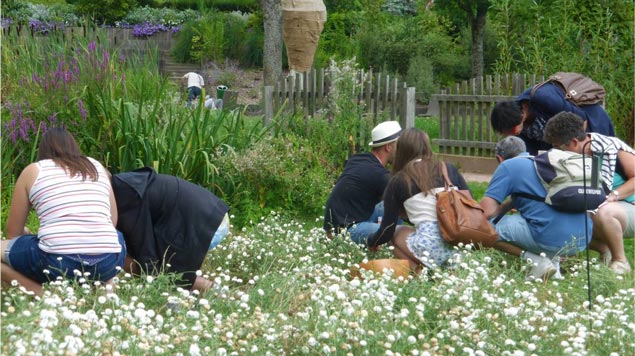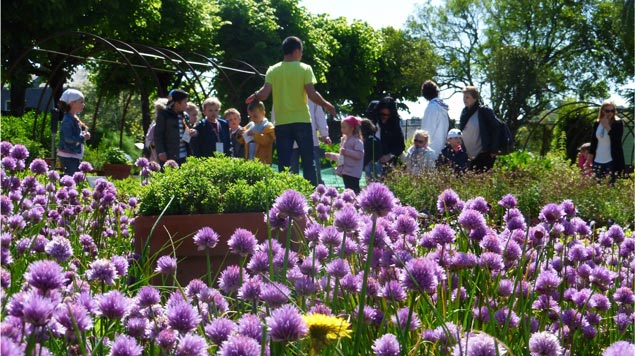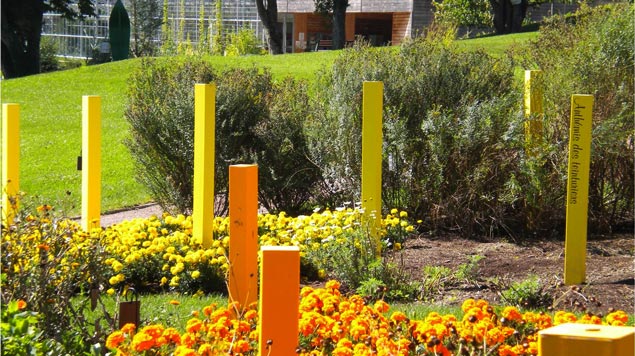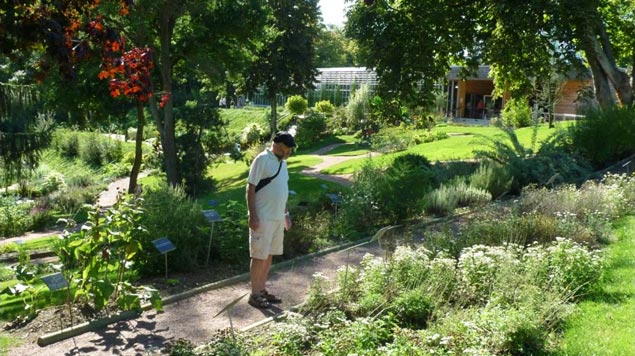
The gardens

THE GARDEN OF FLAVOURS AND SCENTS
The garden of flavours and scents is a true delight for your senses with its numerous smells, colours and textures.
Learn about the properties of peppermint and Gallic rose, two species that played an important role in the history of medicinal plants in Chemillé-en-Anjou.
Walk among the beverage plants and discover a lot of old wives’ tricks.
THE GARDEN OF LOCAL PRODUCE
Chemillé-en-Anjou is known as the capital of medicinal plants. Over 600 ha of its land are used for cultivation. Chemillé-en-Anjou was, and still is, renowned for its production of camomile, which represents half of its crops today. During your stay at Camifolia, you will have the opportunity to visit one of the fields where this famous plant is grown.


THE MEDICINAL AND TOXIC PLANTS GARDEN
You are entering the garden of medicinal and toxic plants. Toxic plants, as their name implies, are plants that have an adverse effect on the body. Back in the days, they were used for witchcraft. It must be said, however, that these plants have medicinal properties when given in the right dose.
THE GARDEN OF FLAVOURS
Plants used in cooking can be separated into different categories: vegetables, cereals, lettuce, etc. In the garden of flavours, you will discover forgotten vegetables and learn how to spice up your cooking with herbs and seasoning. Each of these plants has its own properties. By consuming them, you will not only bring flavour to your dish, but also make it healthier.


THE FIBRE AND DYE GARDEN
Fibre plants are used to make rope and cloth, while dye plants are used to make what we call natural dyes. The latter are easily identifiable in the garden thanks to the coloured stakes ranging from red to purple that accompany them.
THE BOTANICAL GARDEN
The botanical garden is the oldest garden in Camifolia. It contains over 300 plant species, each with its own properties and/or uses (ethnobotanical utilities). Plants are laid out depending on their phylogenetic nomenclature. This classification method separates archaic plant families from more evolved ones. It shows the different degrees of kinship between species and takes into account their evolutionary history. Among the many plants in our garden, camomile holds a particular place.


